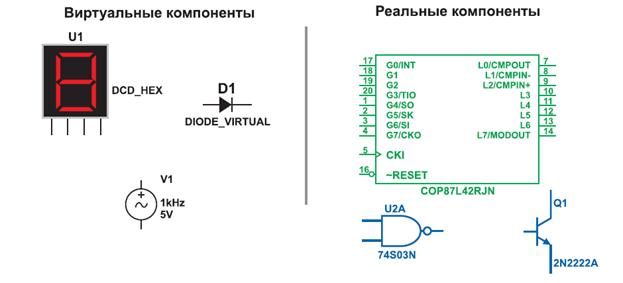LABORATORY EXERCISES (I)
1. Listen to the text " How We Kept Mothers Day", mark the stresses and tunes, repeat the text following the model. 2. Make your sentences less categoric by using the given model. 3. Write a spelling-translation test. Check it with the key. Check your spelling with a dictionary. 4. Paraphrase the sentences using the given patterns. 5. Extend the following sentences. 6. Translate the given sentences. Check your translation with the key. 7. Listen to the text " Being a Househusband" or some other text on the topic " Family Holidays". Find the English equivalents of the given Russian phrases. Get ready to speak on the part of the wife. TOPIC: MEALS TEXT A. AN ENGLISHMAN'S MEALS Four meals a day are served traditionally in Britain: breakfast, lunch, tea and dinner. In many countries breakfast is a snack rather than a meal but the English breakfast eaten at about eight o'clock in the morning, is a full meal, much bigger than on the Continent.[35] Some people begin with a plateful of porridge but more often cornflakes with milk and sugar. Then comes at least one substantial course, such as kippers or bacon and eggs. Afterwards comes toast with butter and marmalade or jam. The meal is " washed down" with tea or coffee. Most British people now have such a full breakfast only on Sunday mornings. On weekdays it is usually a quick meal: just cornflakes, toast and tea. English lunch, which is usually eaten at one o'clock, is based on plain, simply-cooked food. It starts with soup or fruit juice. English people sometimes say that soup fills them up without leaving sufficient room for the more important course which consists of meat, poultry or fish accompanied by plenty of vegetables. Apple-pie is a favourite sweet, and English puddings of which there are very many, are an excellent ending to a meal, especially in winter. Finally a cup of coffee — black or white. Tea, the third meal of the day, is taken between four and five o'clock especially when staying in a hotel when a pot of tea with a jug of milk and a bowl of sugar are brought in. Biscuits are handed round. At the weekends afternoon tea is a very sociable time. Friends and visitors are often present. Some people like to have the so-called " high tea" which is a mixture of tea and supper — for example meat, cheese and fruit may be added to bread and butter, pastries and tea. Dinner is the most substantial meal of the day. The usual time is about seven o'clock and all the members of the family sit down together. The first course might be soup. Then comes the second course: fish or meat, perhaps the traditional roast beef of old England. Then the dessert is served: some kind of sweet. But whether a person in fact gets such a meal depends on his housekeeping budget. Some people in the towns and nearly all country people have dinner in the middle of the day instead of lunch. They have tea a little later, between five and six o'clock, when they might have a light meal — an omelette, or sausages or fried fish and chips or whatever they can afford. Then before going to bed, they may have a light snack or supper — е.g. a cup of hot milk with a sandwich or biscuit. The evening meal as we have said already goes under various names: tea, " high tea", dinner or supper depending upon its size and also the social standing of those eating it. (See: Potter S. Everyday English for Foreign Students. Lnd., 1963}
|




